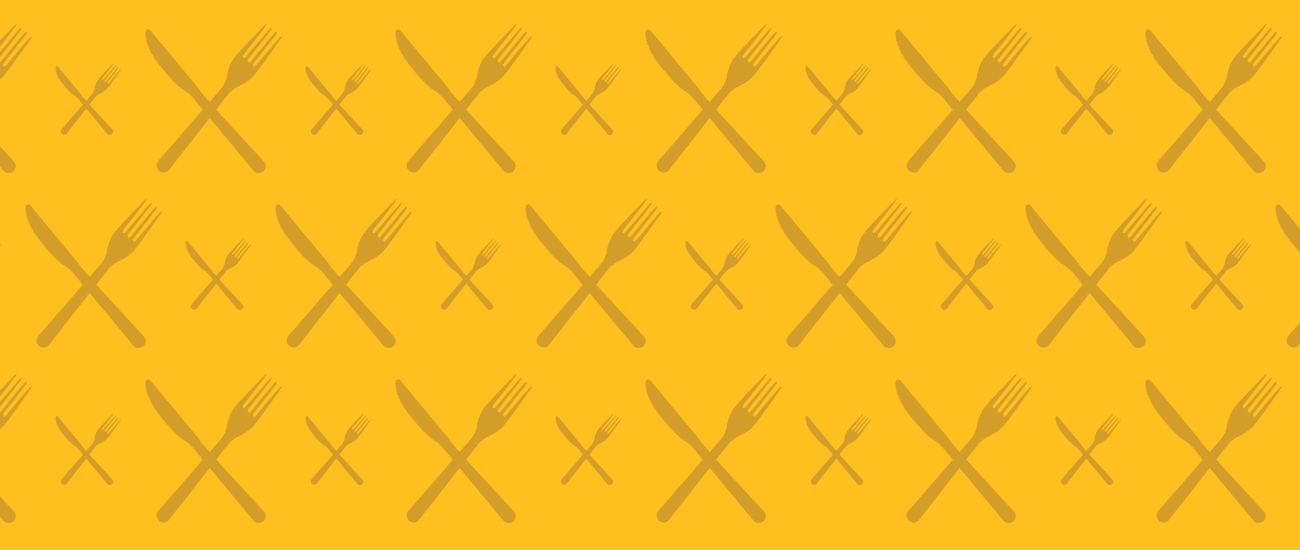That figure comes from Rick Moonen, the chef at RM Seafood in Las Vegas who has a passion for sustainable fish. He mentioned that Las Vegas’s daily consumption of 60,000 pounds per day is more than the rest of the nation combined.
Where does that shrimp come from? Largely from farms in southeast Asia, which have a number of problems: the destruction of mangrove swamps where the farms are based, the application of pesticides and antibiotics in the fish farms that are banned in the U.S., the reliance of low-wage labor. His solution? He uses only wild caught US species.
This came out of a panel at the Cooking for Solutions conference at the Monterey Bay Aquarium, which brings together about 60 journalists to learn about sustainable food. It’s one of the few conferences that gathers terrestrial and oceans experts in one forum and is flat-out one of the best conferences I’ve attended on these issues.
The day was opened by Gene Kahn, a founder of the organic food industry, who has since moved onto greener pastures at General Mills. As global sustainability officer, he set the theme of “continual improvement” -- that there is not one singular solution to sustainable food systems and that it demands incremental gains, not either/or approaches.
Kahn said he’s most interested in changing the mainstream since 1 percent change at General Mills is “revolutionary.” As a former organic food entrepreneur, he said he’s no longer interested in “selling food to yuppies” and that the mainstreaming of these values in everyday products represents a “democratization.”
Interestingly, he said the biggest risk to this entire movement is “greenwashing,” that is the practice of companies making claims that are so limited as to be functionally meaningless. The solution was to have transparent goals, processes and results.
But back to shrimp, which along with tuna and salmon were the topics of the first panel.
The major issue with salmon is the destructive practices of farmed fish, both in pollution and the use of wild caught fish as feeder stocks. None on the four-person panel could endorse any farmed product. Indeed, the only positive farmed products mentioned were tilapia, trout, with a nod to Kona kampachi and barramundi. And of course, mollusks, such as mussels and oysters, which have been highly successful in farmed systems.
Tuna is one of the most widely eaten species, but the only population that won an endorsement from the panel was the pole caught albacore on the West Coast (low in mercury toxins, high in omega 3 fatty acids) and a few poll caught species off of Hawaii. The other major issue with tuna is that governmental norms over its harvest differ or are non-existant. Illegal fishing is also rampant.
“It’s a highly migratory species and requires international agreements that have not been forthcoming,” said Brad Ack of the Marine Stewardship Council. “The (consumer) market has not begun to drive that change, and that’s going to have the biggest influence.”
Pen-raised tuna (much of it in Australia and the Mediterranean) has been put forward as one solution, but Corey Peet of the Aquarium mentioned that these tuna require 25 pounds of feeder fish to create one pound of tuna - a horrendous ratio that is not sustainable. Furthermore, wild caught juvenile fish are farmed in these pens, depleting wild stocks in which they might breed.
Paul Johnson, owner of the Monterey Seafood Market, said he expected some blue fin tuna populations to be extinct within the next three or four years. Whether he’s right or not is only a matter of degree.
As for salmon, the familiar advice to buy Alaskan wild salmon was widespread; species such as coho and sockeye will be more prevalent and cheaper than king salmon.
But Johnson said, “We are going to pay more for seafood if it’s sustainable.”
The solution: eat a smaller portion ... or different species.
Moonen said that smaller species are generally more sustainable - mackerel, sardines, trout - but that consumers have to learn how to cook them. To that aim, he recently published a cook book on this topic, Fish Without a Doubt, which we soon hope to review.
- Samuel Fromartz



 Whole Foods CEO John Mackey, vindicated in an SEC investigation of his anonymous postings on a Yahoo message group,
Whole Foods CEO John Mackey, vindicated in an SEC investigation of his anonymous postings on a Yahoo message group,  , but suffice it to say that despite criticism they were highly innovative. That continues to this day with this latest step.
, but suffice it to say that despite criticism they were highly innovative. That continues to this day with this latest step.









